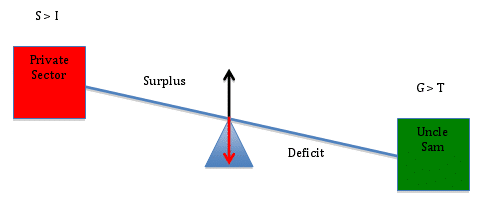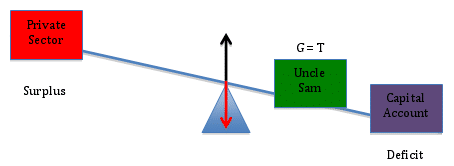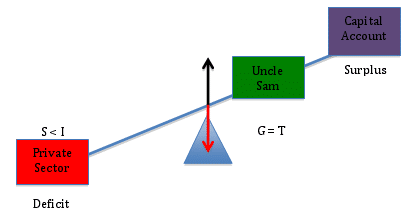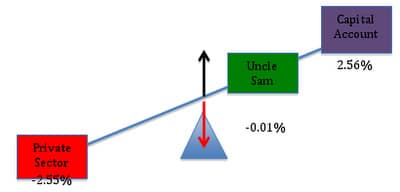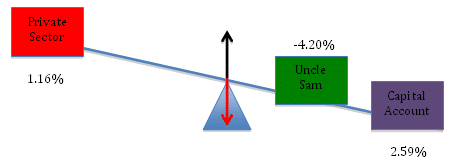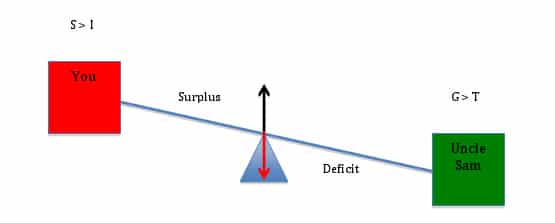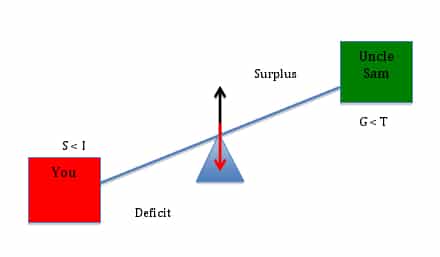Singer and civil rights activist Harry Belafonte, 85, tells Sarfraz Manzoor about his life and work in music, cinema and fighting for social equality – as chronicled in a new memoir. He also discusses his friendship with Martin Luther King, his relationship with President John F Kennedy, and the humiliation that led him to become more heavily involved in the fight against racial segregation.
